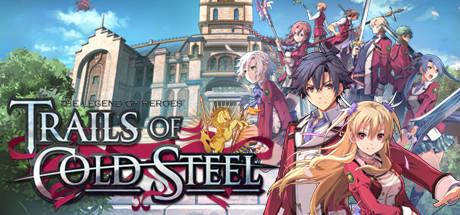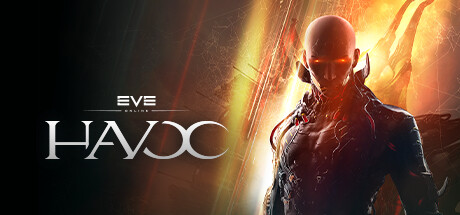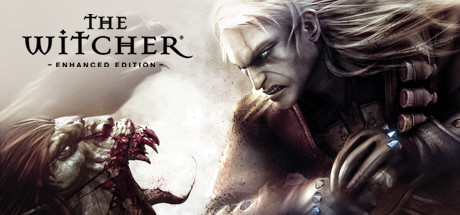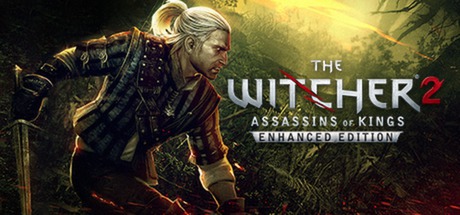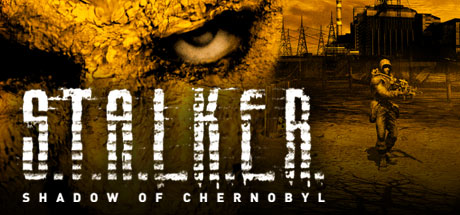Playtime:
1916 minutes
The Legend of Heroes: Trails of Cold Steel is a richly layered, character-driven JRPG that stands as both an introduction and a continuation of Falcom’s ambitious Trails series. Set in the politically charged Erebonian Empire, the game successfully blends traditional turn-based combat with detailed world-building, social simulation elements, and a deeply woven narrative that sets the stage for an expansive saga. While it shares much with the genre’s classics, what elevates Trails of Cold Steel is its deliberate pacing, mature storytelling, and an ensemble cast that grows more compelling the deeper you dive into its world.
The story centers on Rean Schwarzer, a student newly enrolled at Thors Military Academy, an institution known for molding the empire’s future leaders. Rean is placed into Class VII, a newly established class that breaks the academy’s usual divisions between nobility and commoners. This premise provides a fertile ground for exploring themes of class conflict, personal identity, and political tension. As Class VII embarks on military field studies across Erebonia, players are introduced to a nation teetering on the brink of upheaval, with factions inside and outside the government vying for influence. Unlike many RPGs that focus on world-ending threats from the outset, Trails of Cold Steel roots its tension in sociopolitical strife, making the stakes feel grounded and the developments all the more compelling.
What stands out most about the game is its character development. Each member of Class VII has their own background, beliefs, and personal struggles, which are slowly revealed and addressed throughout the game. Rean, as the protagonist, walks a careful line between leader and peer, and while his character starts off reserved and mysterious, his development feels natural and earned. Characters like Machias and Jusis reflect the class disparity tensions of the Empire, while others like Alisa, Laura, and Fie bring their own distinct perspectives. The bonding events, similar in structure to social links in the Persona series, allow players to deepen relationships and unlock character abilities in combat. These interactions are optional but rewarding, offering emotional texture and helping to humanize the game’s sprawling cast.
Combat in Trails of Cold Steel strikes a satisfying balance between tactical depth and accessibility. It retains the series’ signature turn-based system while adding a few wrinkles that enhance strategic variety. The use of the “ARCUS” battle system allows for linked attacks between bonded characters, encouraging team synergy and careful positioning. Players can also manipulate turn order with delay effects or buffs, which becomes vital in harder fights. Crafting arts (magic spells) through quartz customization returns from previous Trails entries and offers ample room for min-maxing without becoming overly complex. Boss battles in particular are memorable, requiring more than brute force and often punishing players who neglect to adapt.
The game world itself is another standout element. Erebonia feels alive—not just because of its size, but due to the care taken in crafting its politics, institutions, and everyday life. Towns have named NPCs who react to story developments, students and teachers have their own subplots, and even minor side quests often reveal new insights into the empire or its people. This attention to detail creates a sense of immersion that few RPGs match. Every region you visit on your field studies adds another piece to the puzzle of Erebonia’s complex power structure, from rural outposts to bustling industrial cities, making exploration feel not only rewarding but narratively significant.
Visually, Trails of Cold Steel doesn’t push graphical boundaries, especially in comparison to its modern peers. Originally developed for the PlayStation 3 and Vita, the Steam version offers improved resolution and frame rates but remains relatively modest in fidelity. However, what the game lacks in visual flash it makes up for in art direction and consistency. Character designs are distinctive and expressive, the UI is clean and functional, and environments—though not densely detailed—are varied and well-composed. The soundtrack, as expected from a Falcom game, is stellar. Composed by the veteran Sound Team jdk, the music ranges from upbeat academy themes to tense battle tracks and emotional story melodies, enhancing every moment of gameplay.
The pacing of Trails of Cold Steel might be divisive for some players. The game takes its time building up characters, locations, and political tensions before fully diving into its central plot. This deliberate approach can feel slow, especially in the early chapters, but the payoff is significant. When the story begins to escalate—particularly in the final chapters and during the cliffhanger ending—it becomes clear how meticulously the foundation was laid. For those willing to invest, the narrative delivers weighty character arcs and a payoff that rewards long-term engagement, particularly as it connects to the broader Trails universe.
As the first entry in a subseries that eventually spans four games, Trails of Cold Steel carries a dual burden: it must introduce new players to its complex world while respecting the continuity of the overarching Legend of Heroes franchise. It largely succeeds in this balancing act, providing enough context to stand alone while leaving breadcrumbs for veterans of the Trails in the Sky trilogy or Trails from Zero. For completionists, understanding the full narrative web means committing to dozens—if not hundreds—of hours across the series, but few RPG universes are as rewarding in their continuity and consistency.
In sum, The Legend of Heroes: Trails of Cold Steel is a masterclass in slow-burn storytelling, tactical combat, and detailed world-building. Its real strength lies not in innovation but in execution—every system feels thoughtfully designed, every character interaction meaningful, and every inch of the world rich with lore. While its pace and visuals may not appeal to every RPG fan, those who embrace its methodical style will find a narrative and cast that stay with them long after the credits roll. It’s the kind of game that earns your investment through respect for your intelligence, and it sets the stage for one of the most satisfying long-form stories in modern JRPGs.
Rating: 9/10
👍 : 2 |
😃 : 0
